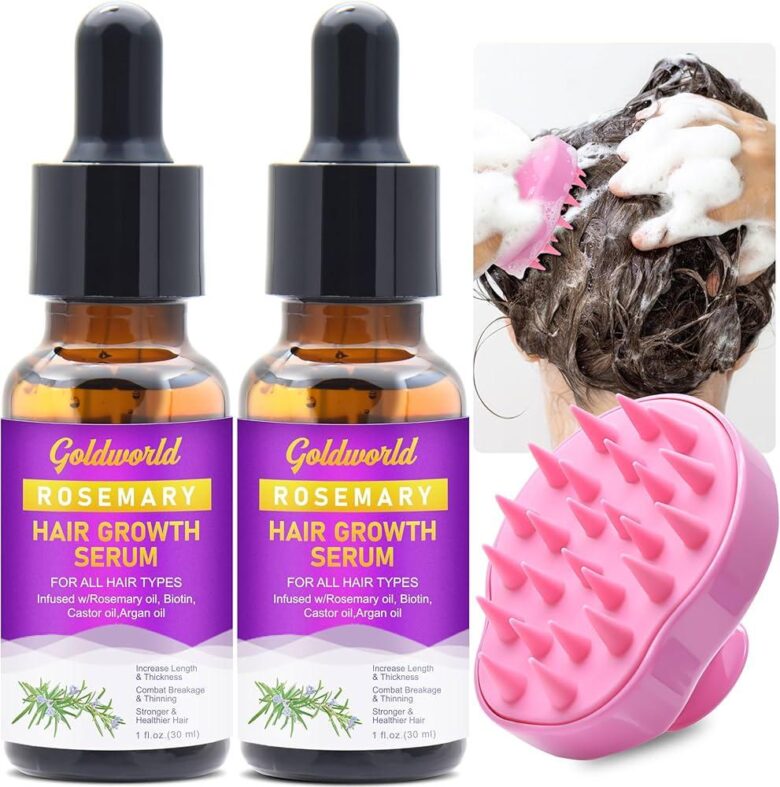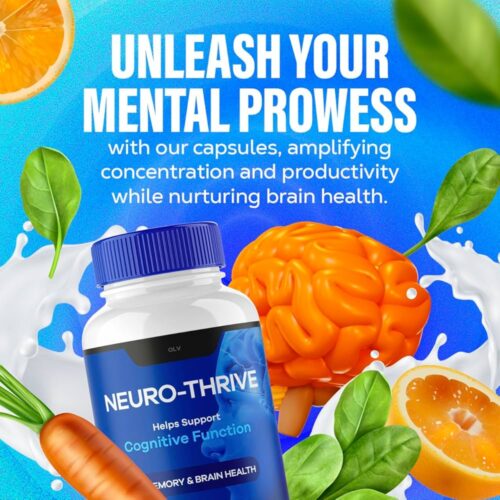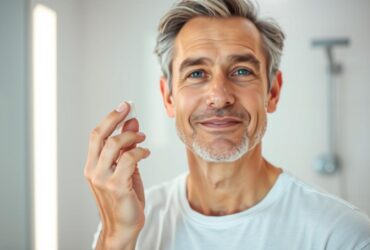In the quest for lush, vibrant locks, many individuals are exploring the fascinating intersection of hormones and hair care. Among the buzz surrounding hair growth treatments, testosterone therapy stands out as a compelling option, igniting curiosity and debate. While traditionally associated with muscle mass and vitality, testosterone’s influence on hair follicles is less understood yet increasingly recognized in both medical circles and everyday conversations. This article delves into the science behind testosterone therapy, its potential benefits and drawbacks, and the considerations for those contemplating this unconventional path to fuller hair. Join us as we unravel the complexities of testosterone in the realm of hair growth, providing a balanced perspective on this emerging topic.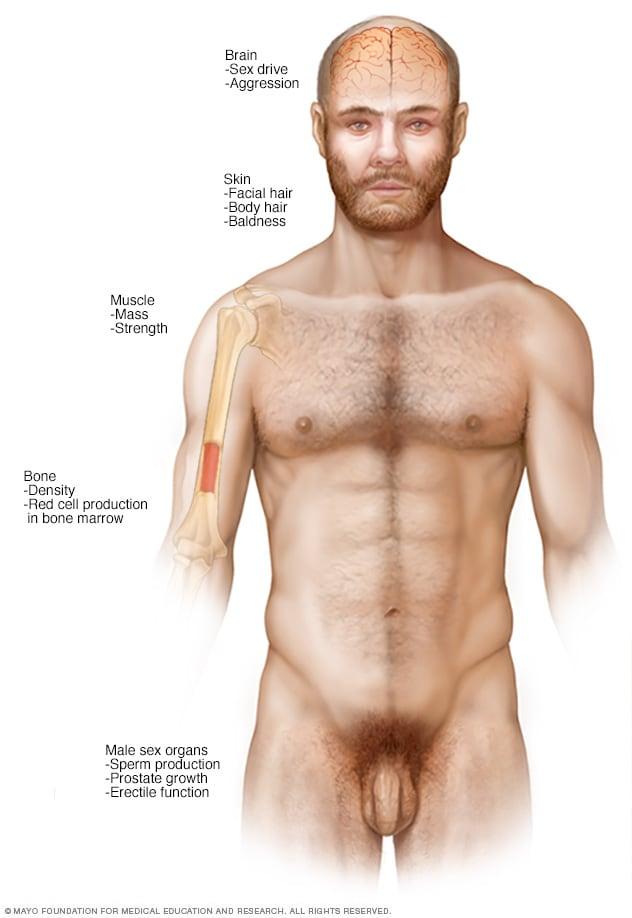
Understanding the Role of Testosterone in Hair Growth
Testosterone is often celebrated for its significant role in male characteristics, but its influence extends into the realm of hair growth, particularly in androgen-dependent areas. This hormone binds to androgen receptors in hair follicles, triggering processes that can lead to both growth and thinning. When testosterone is present in optimal levels, it can stimulate the hair growth cycle, resulting in thicker, stronger strands. However, an imbalance, particularly an excess, can initiate the conversion of testosterone into dihydrotestosterone (DHT), a more potent androgen that is linked with hair loss in genetically predisposed individuals.
Understanding the dual nature of testosterone is essential when considering its therapeutic use for hair growth. Key points include:
- Follicle Activation: Healthy testosterone levels encourage hair follicle activation.
- DHT Impact: High levels can lead to hair thinning or loss in sensitive follicles.
- Therapeutic Potential: Testosterone therapy may restore balance when used carefully.
Balancing testosterone levels could help in managing hair growth effectively, requiring careful monitoring and a holistic approach. It’s crucial to consult with a healthcare provider to evaluate options that align with individual health needs and goals.
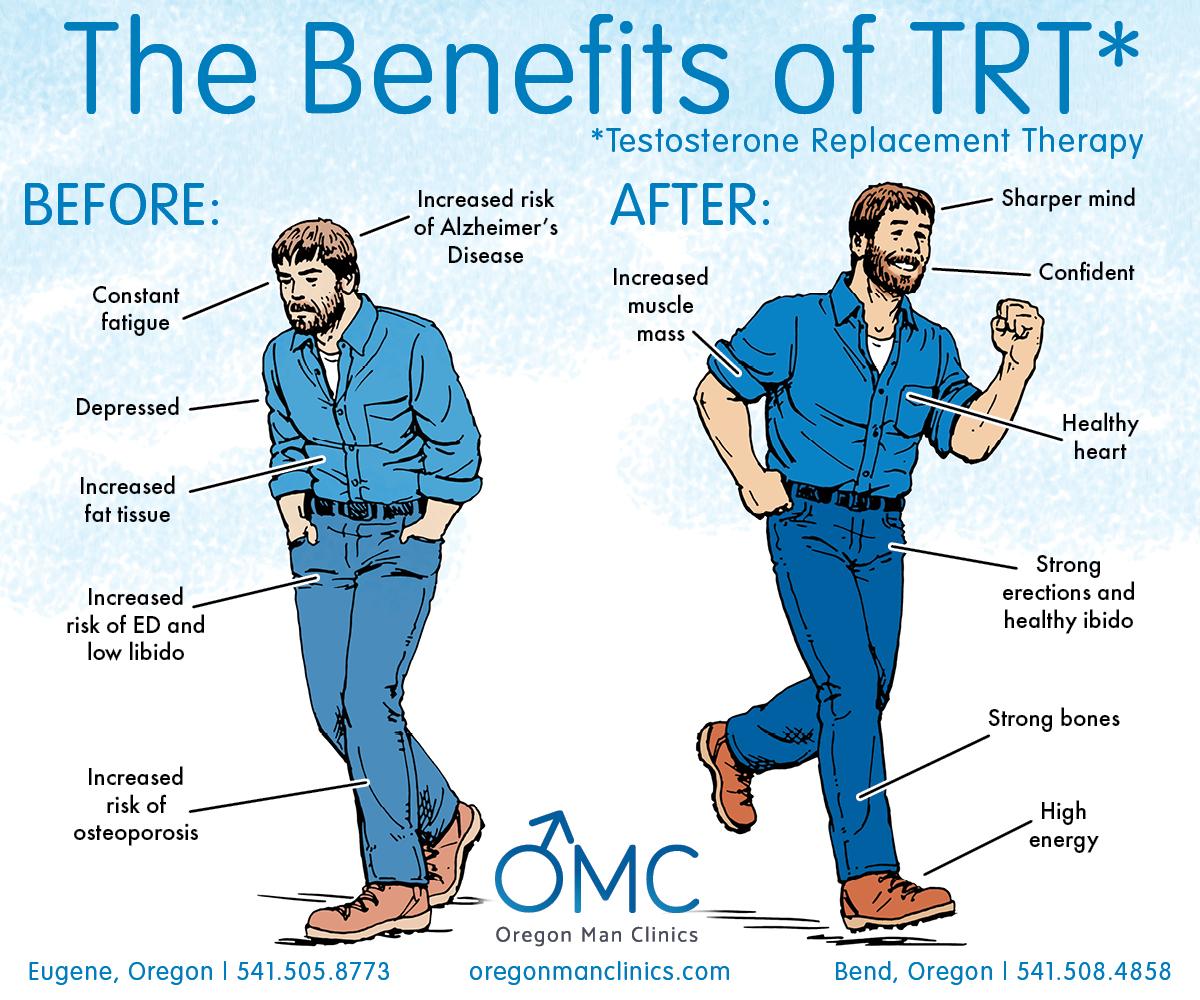
Exploring Different Forms of Testosterone Therapy
Testosterone therapy is often viewed as a pivotal solution for various health concerns, but its role in enhancing hair growth has garnered particular interest. Various methods of testosterone administration offer unique benefits and drawbacks, influencing the effectiveness of hair restoration results. Among the most popular forms of therapy are:
- Injectable Testosterone: Administered directly into the muscle, providing a quick boost in hormone levels.
- Transdermal Patches: These patches deliver a steady amount of testosterone throughout the day, promoting consistent hormone levels.
- Pellet Therapy: Tiny pellets inserted under the skin release testosterone gradually over several months, ensuring stable levels without daily intervention.
- Topical Gels: Applied directly to the skin, allowing for targeted absorption and varied dosing options.
Each method may cater to different lifestyle preferences and treatment goals, particularly when aiming for optimal hair growth. While traditional injectable forms can lead to rapid increases in testosterone, leading to noticeable hair regrowth, transdermal options allow for more convenient administration. A closer look at the efficacy and potential side effects associated with each therapy can guide individuals in making informed decisions. The table below summarizes key aspects of the various testosterone therapy forms related to hair growth:
| Form of Therapy | Speed of Action | Convenience | Potential Side Effects |
|---|---|---|---|
| Injectable | Fast | Moderate | Injection site pain |
| Transdermal Patch | Moderate | High | Skin irritation |
| Pellet Therapy | Slow | High | Potential infection |
| Topical Gel | Moderate | Very High | Transfer risk to others |
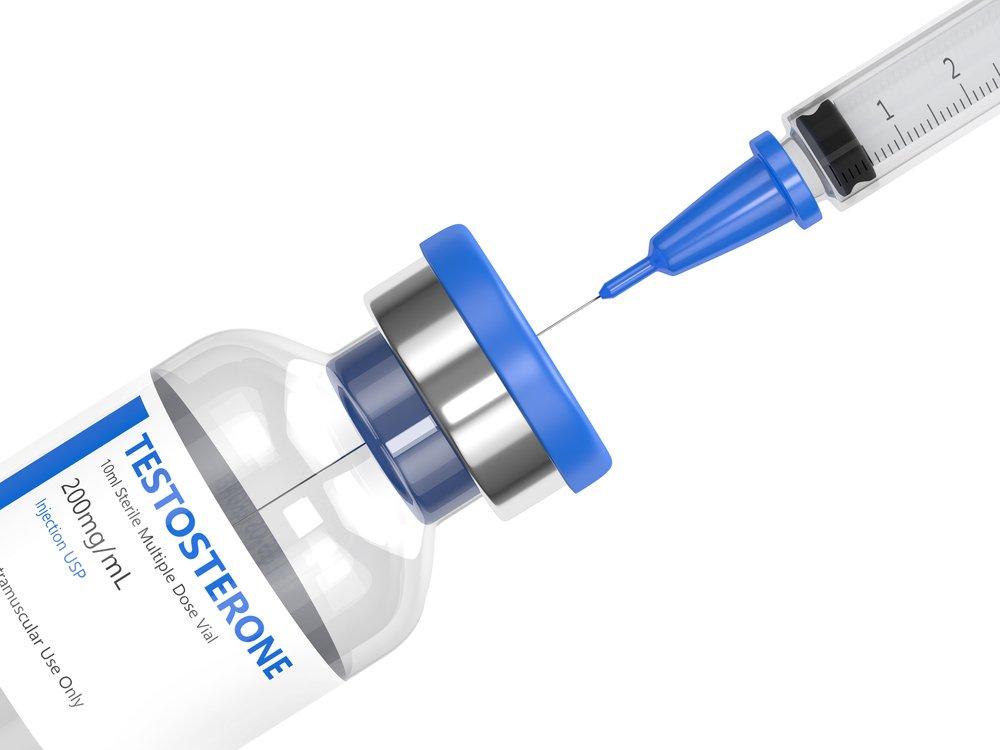
The Science Behind Testosterone-Induced Hair Regrowth
The relationship between testosterone and hair regrowth is a fascinating area of study within endocrinology. Testosterone, primarily recognized as a male hormone, plays a crucial role in various bodily functions, not least of which is hair follicle activation and stimulation. Upon exposure to specific hair follicles, testosterone converts to dihydrotestosterone (DHT) through the action of the enzyme 5-alpha reductase. DHT is a potent androgen that can either promote hair growth in certain areas or lead to hair thinning in others, particularly in genetically predisposed individuals. Understanding this duality is essential for anyone considering testosterone therapy for hair restoration.
Recent studies have highlighted the significance of testosterone’s role in *anagen phase* stimulation—the active growth phase of hair follicles. This phenomenon can lead to improved hair density and quality when testosterone levels are optimized. Key factors include:
- Follicle Sensitivity: Some hair follicles are more responsive to testosterone, resulting in enhanced growth in those areas.
- Scalp Health: Testosterone therapy can improve blood circulation and overall scalp health, creating a favorable environment for hair regrowth.
- Balanced Hormones: Achieving a balance in hormone levels can mitigate potential negative effects like DHT-related hair loss.
To illustrate the effects of testosterone therapy, consider the following table outlining the various impacts on different hair types:
| Hair Type | Potential Benefits | Considerations |
|---|---|---|
| Thinning Hair | Increased density and volume | Monitor for DHT sensitivity |
| Fine Hair | Thicker, healthier strands | Potential risk of further thinning if not balanced |
| Facial Hair | Enhanced growth and coverage | May require careful monitoring of overall hormone levels |
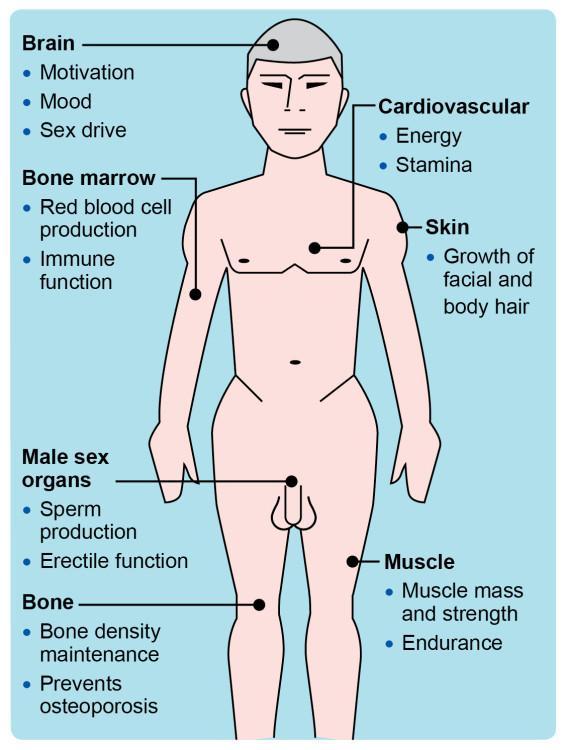
Potential Benefits and Risks of Testosterone Therapy
Testosterone therapy can offer a variety of potential benefits, especially for individuals experiencing hair loss related to low hormone levels. Some of the key advantages include:
- Increased Hair Growth: Enhancing testosterone levels may lead to the revitalization of hair follicles, contributing to improved hair density.
- Improved Mood and Energy: Restoring hormone balance might also elevate overall well-being, making individuals feel more confident about their appearance.
- Boosted Metabolism: An increase in testosterone can help improve metabolic functions, which may indirectly support healthy hair growth.
However, potential risks should not be overlooked, as they can vary significantly among individuals. Some concerns associated with testosterone therapy include:
- Hormonal Imbalance: Over-supplementation can lead to excess levels, possibly causing hair thinning or loss.
- Cardiovascular Risks: There may be an association between testosterone therapy and increased risks of heart-related issues, particularly in older adults.
- Skin Reactions: Some individuals may experience acne or increased oiliness of the skin due to hormonal changes.
Recommendations for Consultation and Monitoring
When considering testosterone therapy for hair growth, it is essential to engage in thorough consultation with healthcare professionals knowledgeable in both endocrinology and dermatology. Primary care physicians, dermatologists, and endocrinologists can provide valuable insights and recommendations tailored to individual health profiles. During these consultations, patients should discuss:
- Medical history, including previous hair loss treatments
- Current health conditions and medications
- Potential benefits and side effects of testosterone therapy
Monitoring is equally crucial to assess the therapy’s effectiveness and to mitigate any adverse effects. Regular follow-ups should include laboratory tests to measure hormone levels and other relevant parameters. It’s beneficial to have a structured follow-up plan, which might include:
| Monitoring Component | Frequency |
|---|---|
| Initial hormone level assessment | Prior to therapy onset |
| Routine hormone level checks | Every 3-6 months |
| Evaluation of hair growth progress | Every 3 months |
| Health screenings for side effects | Annually |
Natural Alternatives to Support Hormonal Balance
For those seeking a more natural approach to hormonal balance, several alternatives can complement testosterone therapy. Incorporating whole foods into your diet can enhance your body’s hormone production. Foods that are rich in essential fatty acids, such as avocados and nuts, can significantly impact testosterone levels. Including cruciferous vegetables like broccoli and cauliflower can also help in balancing estrogen levels, creating a more favorable hormonal environment. Other nutrients to consider are zinc and magnesium, found in foods such as legumes, seafood, and dark leafy greens, which are vital for testosterone synthesis.
In addition to dietary changes, certain herbal supplements have been studied for their potential effects on hormonal health. Ingredients such as ashwagandha, known for its adaptogenic properties, may support adrenal health and reduce stress hormone levels, leading to improved testosterone balance. Similarly, fenugreek has been shown to enhance libido and testosterone levels in men. Here’s an overview of popular natural alternatives:
| Natural Alternative | Benefits |
|---|---|
| Ashwagandha | Supports adrenal function, reduces stress |
| Fenugreek | Enhances testosterone levels, improves libido |
| Tribulus Terrestris | May boost libido and testosterone production |
| Ginger | Contains compounds that may enhance testosterone |
Real-Life Success Stories: Testosterone Therapy and Hair Restoration
Across the globe, many individuals have embarked on journeys of transformation through testosterone therapy, notably witnessing impressive results in hair restoration. John, a 37-year-old engineer from California, struggled with thinning hair since his early 30s. After consulting with a specialist, he began a regimen of testosterone therapy, which not only improved his energy levels but also spurred remarkable hair growth. Within six months, friends and family noted a significant difference — his once-receding hairline began to fill in, leading to a renewed sense of confidence. His story embodies the transformative power of therapy that addresses the underlying hormonal imbalances contributing to hair loss.
Similarly, Linda, a 45-year-old fitness trainer, faced hair thinning due to hormonal fluctuations associated with menopause. Opting for testosterone therapy, she noticed an increase in hair thickness and volume after a few months of consistent treatment. Friends admired her lush locks and inquired about her secret, which Linda happily attributed to a balanced approach combining therapy with a healthy lifestyle. This real-life evidence showcases how targeted hormone treatment not only enhances physical appearance but also fosters overall well-being, encouraging a positive self-image and renewed vigor.
Q&A
Q&A: Understanding Testosterone Therapy for Hair Growth
Q1: What is testosterone therapy?
A1: Testosterone therapy involves the administration of testosterone, a hormone crucial for various bodily functions, including the growth of facial and body hair. This therapy can be delivered through injections, patches, gels, or pellets, often with the aim of addressing low testosterone levels, also known as hypogonadism.
Q2: How does testosterone impact hair growth?
A2: Testosterone plays a significant role in hair growth by converting to dihydrotestosterone (DHT), a more potent form of testosterone that binds to hair follicles, promoting growth in certain areas. However, it’s a double-edged sword; while testosterone can stimulate hair growth in some places, elevated DHT levels can contribute to hair thinning and loss in others, particularly in genetically predisposed individuals.
Q3: Who might benefit from testosterone therapy for hair growth?
A3: Men experiencing androgenetic alopecia (male pattern baldness) and women with low testosterone levels, particularly after menopause, may find testosterone therapy helpful. However, it is important for individuals to consult healthcare providers to determine if they are appropriate candidates based on their unique circumstances and hormonal profiles.
Q4: Can women use testosterone therapy for hair growth?
A4: Yes, women can use testosterone therapy, notably for conditions such as low libido, fatigue, or hair thinning related to hormonal imbalances. However, dosages and formulations are typically adjusted to prevent side effects such as voice deepening or excessive hair growth in undesirable areas (hirsutism).
Q5: Are there any risks associated with testosterone therapy?
A5: Like any therapy, testosterone treatment comes with potential side effects. These can include acne, mood swings, changes in cholesterol levels, and increased risk of cardiovascular issues. It’s essential for individuals to discuss these risks with their healthcare providers and undergo regular monitoring throughout treatment.
Q6: How long does it take to see results from testosterone therapy for hair growth?
A6: Patience is key. For many individuals, visible results may take several months to appear, typically around 6-12 months of consistent therapy. Factors like individual biology, health history, and the specific nature of hair loss must be considered, as they can influence the timeline.
Q7: Are there alternatives to testosterone therapy for hair growth?
A7: Absolutely! Alternatives include finasteride, a medication that blocks the conversion of testosterone to DHT, and topical solutions like minoxidil. Lifestyle changes such as improved diet, exercise, and stress management can also positively impact hair health. Consulting with a healthcare provider can help determine the most suitable approach.
Q8: How should one approach starting testosterone therapy for hair growth?
A8: The first step is a comprehensive evaluation by a healthcare provider. This typically involves blood tests to measure hormone levels, an assessment of symptoms, and a discussion of medical history. If deemed appropriate, a personalized treatment plan can be developed to best address individual needs and goals.
Q9: Is there ongoing research in the field of testosterone therapy for hair growth?
A9: Yes, research is ongoing! Scientists are continuously studying the effects of testosterone and its derivatives on hair growth, exploring new therapeutic methods, and striving to identify the mechanisms behind hormonal influences on hair follicles. This promises to enhance our understanding and improve treatment options in the future.
Q10: what should individuals take away about testosterone therapy for hair growth?
A10: Testosterone therapy may offer a glimmer of hope for those facing hair loss due to hormonal imbalances, but it’s essential to approach it thoughtfully. Engage in informed discussions with healthcare providers, weigh the benefits against the risks, and keep an open mind about various treatment options for hair health.
Final Thoughts
the intersection of testosterone therapy and hair growth presents a fascinating landscape of possibilities for those seeking solutions to hair thinning and loss. While the science is still evolving, and individual responses vary, the potential benefits underscore the complexity of hormonal health and its impact on our appearance. As we navigate this journey, it’s crucial to approach testosterone therapy with informed caution, recognizing that medical guidance and personalized care are paramount. Whether viewed as a beacon of hope or a puzzle yet to be fully solved, understanding testosterone’s role in hair growth can empower individuals to make choices that align with their wellness goals. Ultimately, the quest for fuller hair is not just about aesthetics; it’s about embracing confidence and enhancing the well-being that accompanies a harmonious balance of hormones.

